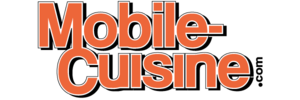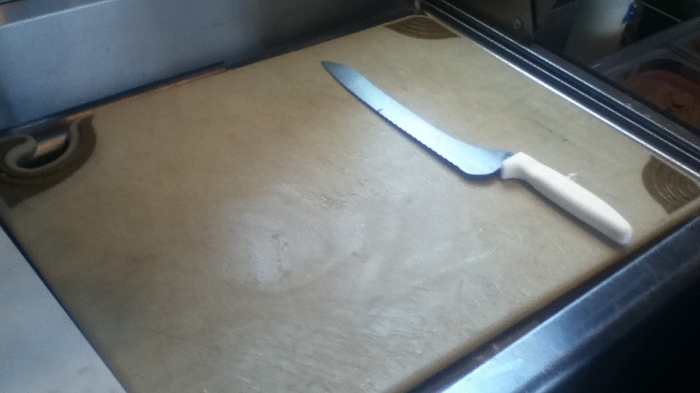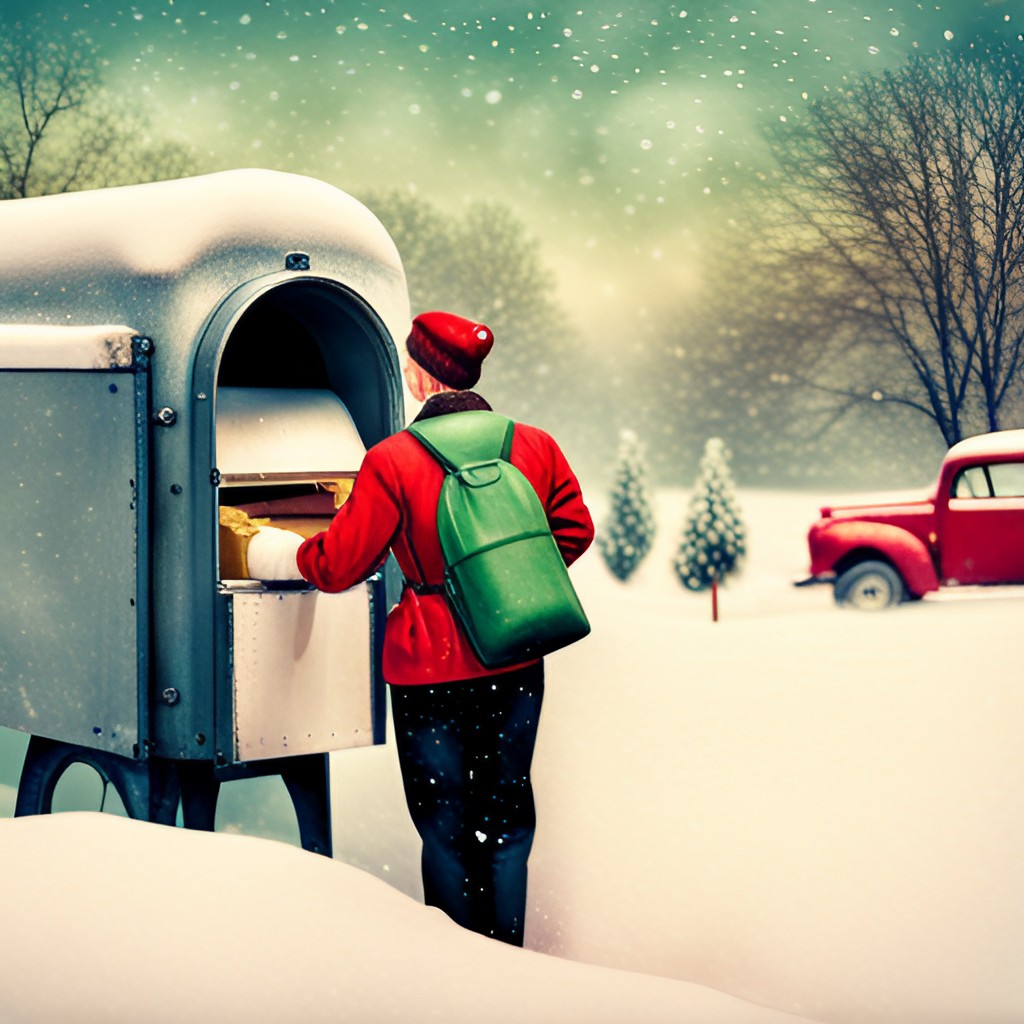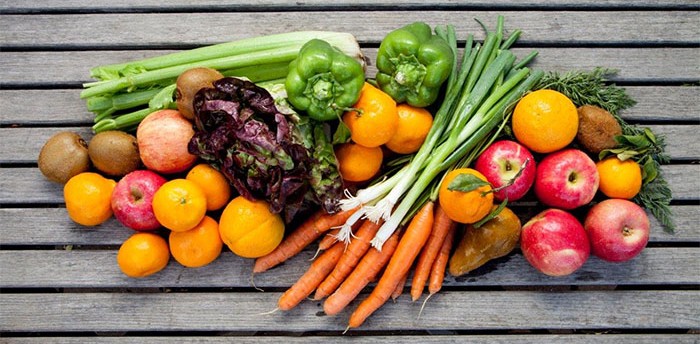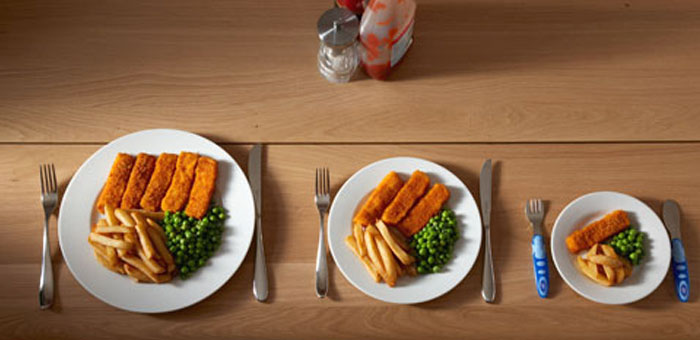Wondering about the best kind of cutting board to use to help avoid passing a food-related illness to one of your food truck customers? Here’s what you need to know:
Cutting Boards And Food Safety In Your Food Truck
Cutting Board Basics – Wood Vs. Plastic:
Nonporous surfaces like plastic or glass are easier to clean than wood and thus better in terms of food safety for your food truck or commercial kitchen. Wood is naturally porous, and those tiny fissures and grooves in wooden cutting boards can harbor bacteria. Which is why cutting boards made of wood aren’t allowed in commercial kitchens. That being the case, why use them at home?
As for glass cutting boards, they’re just awful for your knives and aren’t allowed in commercial kitchens, either. Why? Because things get dropped in kitchens, and risking broken glass in one of your customer’s meals a real no-no.
Bottom line: When purchasing cutting boards for your food truck, use plastic or acrylic cutting boards, not wood or glass.
Avoid Cross-Contamination:
Cleaning Cutting Boards:
Cutting boards should be washed with hot, soapy water after each use, rinsed with clear water and air dried. You can also pat them dry with clean paper towels — but don’t dry with a dishtowel. Why? Dishtowels hang around the truck kitchen and get wiped on everything, making them the ideal vehicle for spreading bacteria from one kitchen tool or surface (or even your hands) to another.
Acrylic or plastic boards can be run through a dishwasher, once you get back to your commissary, which is the preferred way to clean and sanitize them. It’s another reason they’re superior to wooden boards, because wooden boards may warp, crack or split if washed in the dishwasher.
Sanitizing Cutting Boards:
Don’t have a dishwasher? You can sanitize plastic cutting boards in a chlorine solution consisting of 1 tablespoon of liquid chlorine bleach per gallon of water. (Use unscented bleach only !)
Ideally you’d fill a sink with this solution and then soak the cutting boards in it for half an hour or so, then rinse them with clear water and air dry. If your sink isn’t big enough, you can fill a spray bottle with the sanitizing bleach solution and spritz the surface of the boards generously and let them stand for a few minutes, then rinse and dry as described.
